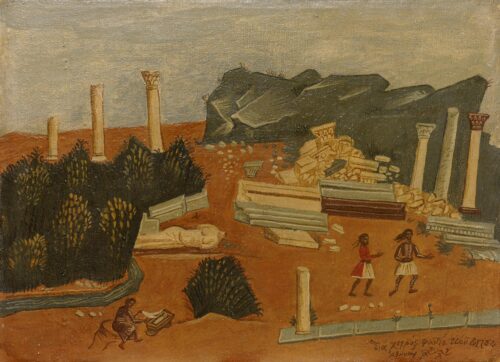
Kontoglou Fotis (1896 - 1965)
The Three Epochs of Hellenism, 1933
Having lost his father, he took his mother’s name instead of the paternal Apostolellis. He studied at the Cydonia high school. In 1913 he entered the third year of the Athens School of Fine Arts, but two years later he interrupted his studies and, after travelling in various countries, settled in Paris till 1919, where he wrote the book Pedro Cazas. He returned to his homeland and taught French and artistic subjects at the high school. After the Asia Minor Disaster he went to Lesbos as a refugee and then Athens and worked on the Εγκυκλοπαιδικόν Λεξικόν Ελευθερουδάκη (Eleftheroudakis Encyclopaedic Dictionary). In 1923 he travelled to Mt. Athos and came into contact with Byzantine painting. The same year he had an exhibition with Konstantinos Maleas and showed his works at the Girls’ Lycee of Athens. He worked as a preservationist at the Byzantine Museum of Athens (1930), the Coptic Museum of Cairo (1933) and the Corfu Museum (1934-1935) while starting in 1936 he worked on the preservation and cleaning of the wall paintings of the Perivleptos church in Mystras. In 1932, assisted by Yannis Tsarouchis and Nikos Engonopoulos, he painted frescoes in his house, which are today in the National Gallery, and in 1933 got his diploma from the School of Fine Arts. He participated in Panhellenies Exhibitions (1938, 1948, 1957) the Venice Biennale of 1934 and the 2nd Biennale of Alexandria (1957). From 1937 to 1939 he did the wall paintings for the City Hall of Athens, employing a Byzantine style. In 1960 he was awarded the prize of the Athens Academy for his two volume Έκφρασις, ήγουν ιστόρησις της παντίμου ορθοδόξου αγιογραφίας (Expression, that is, the History of All-Honorable Orthodox Iconography), published by Astir, as well as being presented with the Order of the Phoenix, while in 1965 he received the Prize of Arts and Letters of the Athens Academy. He painted many churches, among them Kapnikarea in Athens (1942-1953), as well as a large number of portable icons, and was also involved with the illustration and writing of books. Retrospective exhibitions of his work have been organized at the National Gallery (1978), the Cultural Center of the Municipality of Athens (1983), and the Macedonian Center of Contemporary Art (1986). Employing Byzantine and folk painting as the guiding forces of his painting, as well as studying the creations of older periods, such as the portraits of Fayum, he proved with his work to be a firm supporter of the demand for the authenticity of Greek expression, while his contribution to the fashioning of modern ecclesiastical painting is considered definitive.

The Three Epochs of Hellenism, 1933
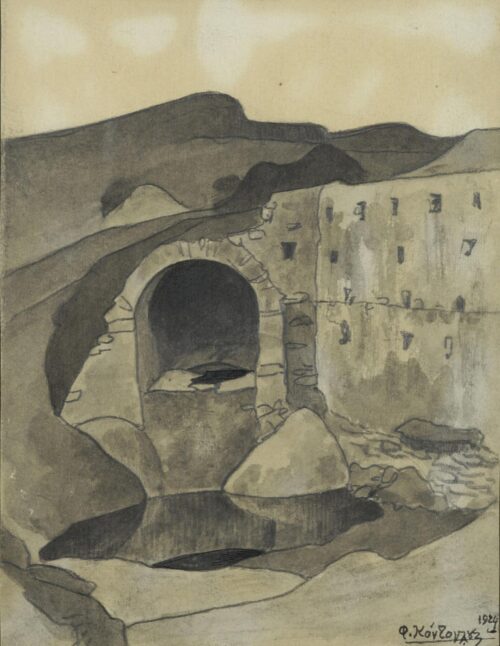
Castle in Ruins, 1924
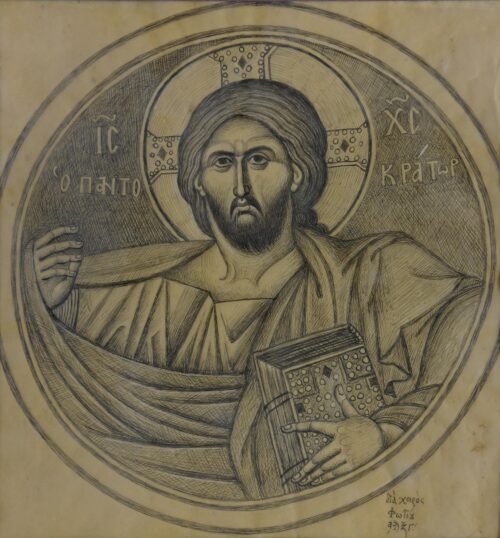
Pantokrator, 1963
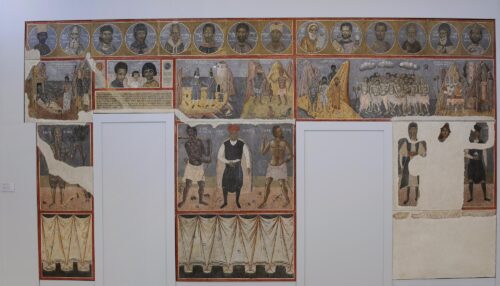
Wall Painting, with wich the artist decorated a wall of his house, 1932
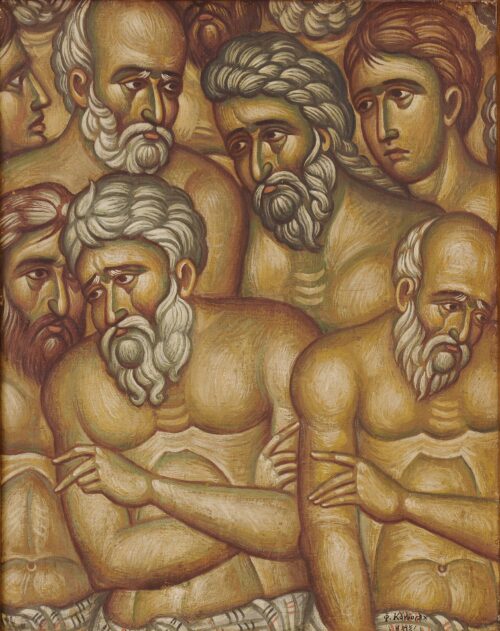
Forty Martyrs of Sebaste or the Holy Forty, detail
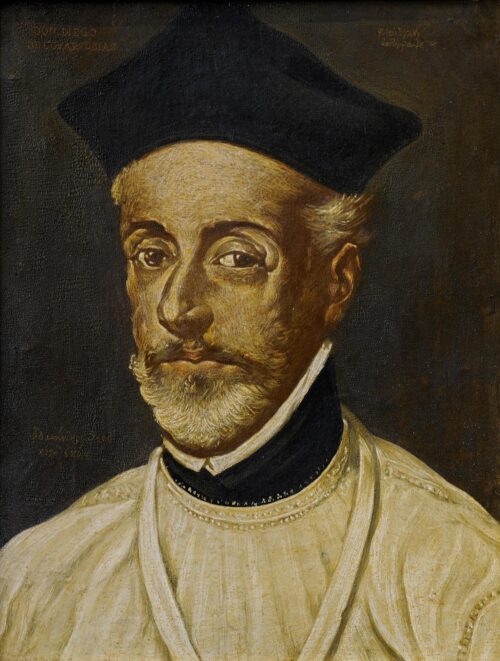
Don Diego de Covarrubias
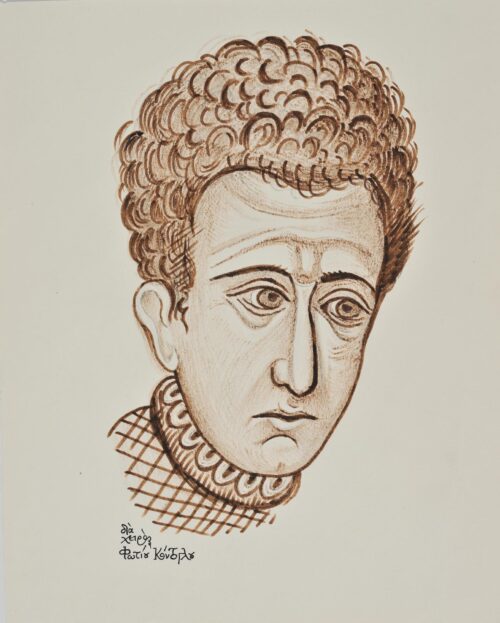
Self-Portrait
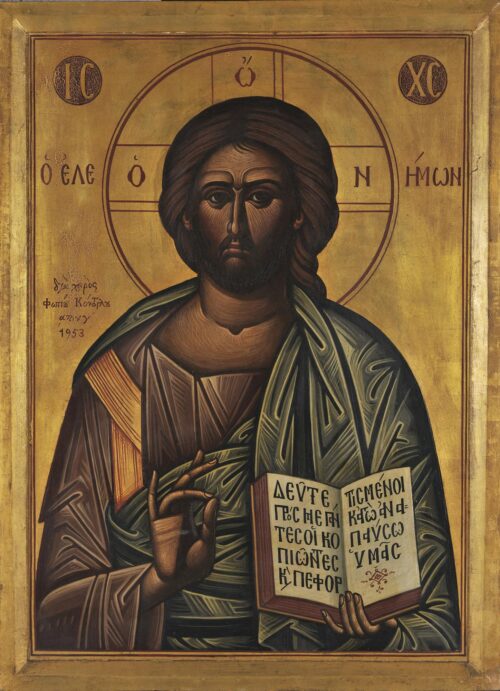
Christ the Merciful, 1953
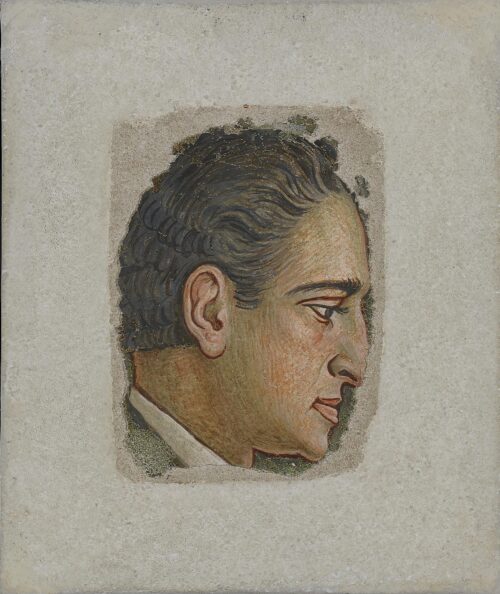
Portrait of Pantelis Prevelakis, ca. 1938 - 1939
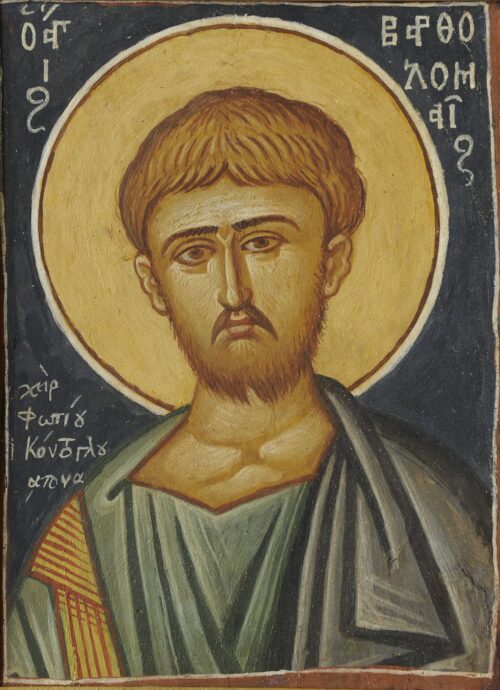
Saint Bartholomew, 1956
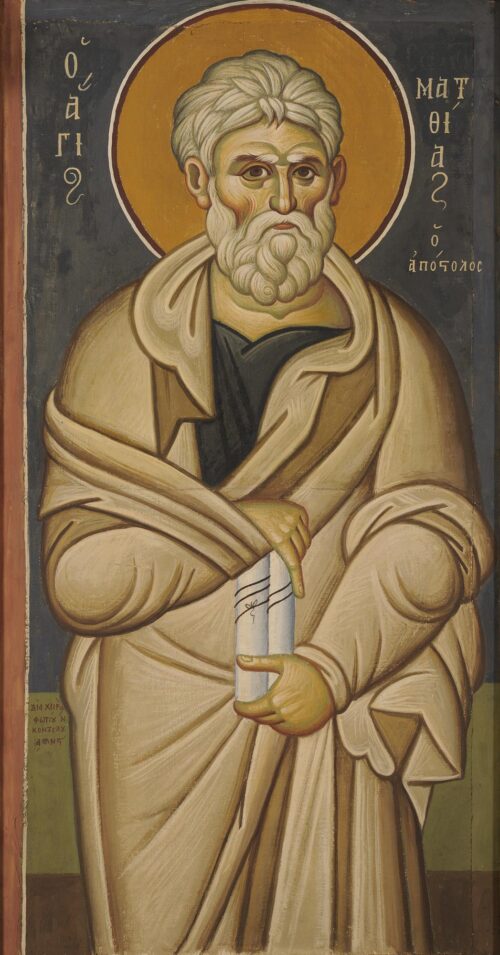
Saint Matthias, 1956

We use cookies to make our site work properly, to personalize content and ads, to provide social media features and to analyze our traffic. We also share information about how you use our site with our social media, advertising and analytics partners. Read the Cookies Policy.
These cookies are necessary for the website to function and cannot be switched off in our systems. They are usually only set in response to actions made by you which amount to a request for services, such as setting your privacy preferences, logging in or filling in forms. You can set your browser to block or alert you about these cookies, but some parts of the site will not then work. These cookies do not store any personally identifiable information.
If you disable this cookie, we will not be able to save your preferences. This means that every time you visit this website you will need to enable or disable cookies again.
These cookies tell us about how you use the site and they help us to make it better. For example these cookies count the number of visitors to our website and see how visitors move around when they are using it. This helps us to improve the way our site works, for example, by ensuring that users find what they are looking for easily. Our website uses Google Analytics for statistics reporting.
Please enable Strictly Necessary Cookies first so that we can save your preferences!